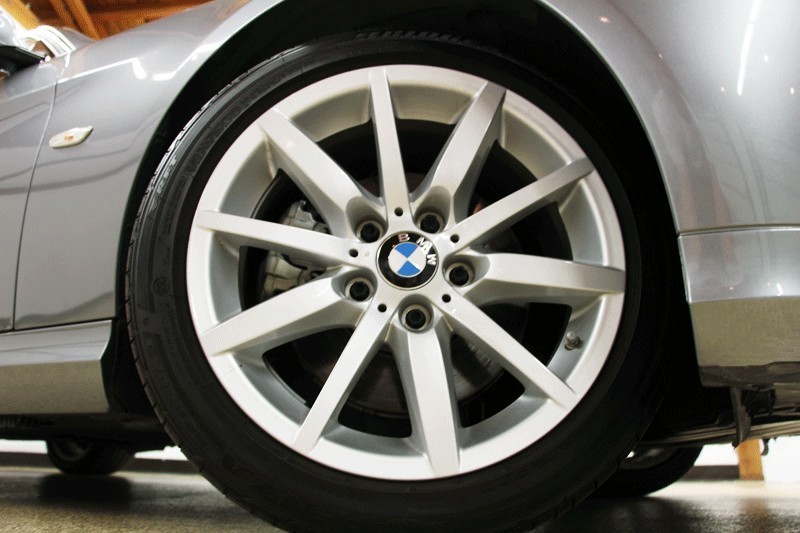A K+DCAN cable is a popular tool for diagnosing and coding BMW vehicles. However, its capabilities are often misunderstood. This article clarifies the functionalities of a K+DCAN cable, outlining its uses and limitations for tasks like battery registration and module programming. We’ll explore compatible software options and essential precautions for safe and successful coding.
K+DCAN Cable: Capabilities and Limitations
While a K+DCAN cable allows for various diagnostic and coding procedures, it’s crucial to understand its limitations. For battery registration, a simple 10-amp battery charger suffices alongside the K+DCAN cable to maintain a near-full charge. This process, often performed with Tool32 within BMW Standard Tools, doesn’t involve the Dynamic Stability Control (DSC) module. It may require interaction with the Digital Motor Electronics (DME), Car Access System (CAS), and Footwell Module (FRM) using NCS Expert. The K+DCAN cable itself doesn’t supply power to the vehicle.
For more complex tasks like flashing or programming modules like the DSC, a robust power supply (70-100 amps at 13-14 volts) is mandatory. Unlike a battery charger, a dedicated power supply delivers stable voltage and current, crucial for preventing programming interruptions or damage to Electronic Control Units (ECUs). A car’s alternator isn’t a suitable substitute for a clean, regulated power source during programming. Only ignition (power button press without brake) is required for coding/programming, not a running engine. The engine is necessary only for diagnostics requiring real-time data from the engine or transmission.
Software Compatibility with K+DCAN
BMW Standard Tools, including INPA, NCS Expert, Tool32, and WinKFP, are fully compatible with the K+DCAN cable. This suite allows for coding and diagnostics on most modules, excluding those on the MOST (Media Oriented Systems Transport) bus, which requires an ICOM interface. For MOST bus access, tools like ICOM NEXT or A2 with an ICOM B MOST connector are needed.
 BMW Standard Tools software suite
BMW Standard Tools software suite
While ISTA-P can potentially work with K+DCAN, it requires specific configurations. ISTA-P Loader 6.1, an unofficial modification, supports K+DCAN but compatibility with recent ISTA-P versions is uncertain. Using this method involves modifying the “application.xml” file within the ISTA-P installation directory, changing the “distributionVersion” to reflect a “3” prefix before the version number (e.g., “3.68.x.xxx”). Caution: Using ISTA-P Loader 6.1 carries inherent risks due to its unofficial nature and potential instability.
Essential Precautions and Resources
Before undertaking any coding or programming procedures, thorough research and understanding are paramount. Refer to reputable resources for detailed, step-by-step instructions. Consider resources like the E90Post forum for guidance on:
- Battery Registration: https://www.e90post.com/forums/showthread.php?t=1338302&highlight=battery+registration
- DIY Power Supply: https://www.e90post.com/forums/showthread.php?t=1838716
Proceed with caution, especially when flashing or programming modules. A stable power supply is absolutely essential to avoid irreversible damage. If unsure, consult with experienced individuals or professionals.
Conclusion: Using K+DCAN Effectively
The K+DCAN cable offers a valuable entry point into BMW diagnostics and coding. By understanding its capabilities, limitations, and compatible software, users can perform tasks like battery registration effectively. However, more complex procedures necessitate a stable power supply and in-depth knowledge. Prioritize thorough research and a cautious approach to ensure successful and safe coding experiences. Remember, a stable 13-14V power supply is essential for programming, while a 10-amp battery charger is sufficient for battery registration when using a K+DCAN cable.
